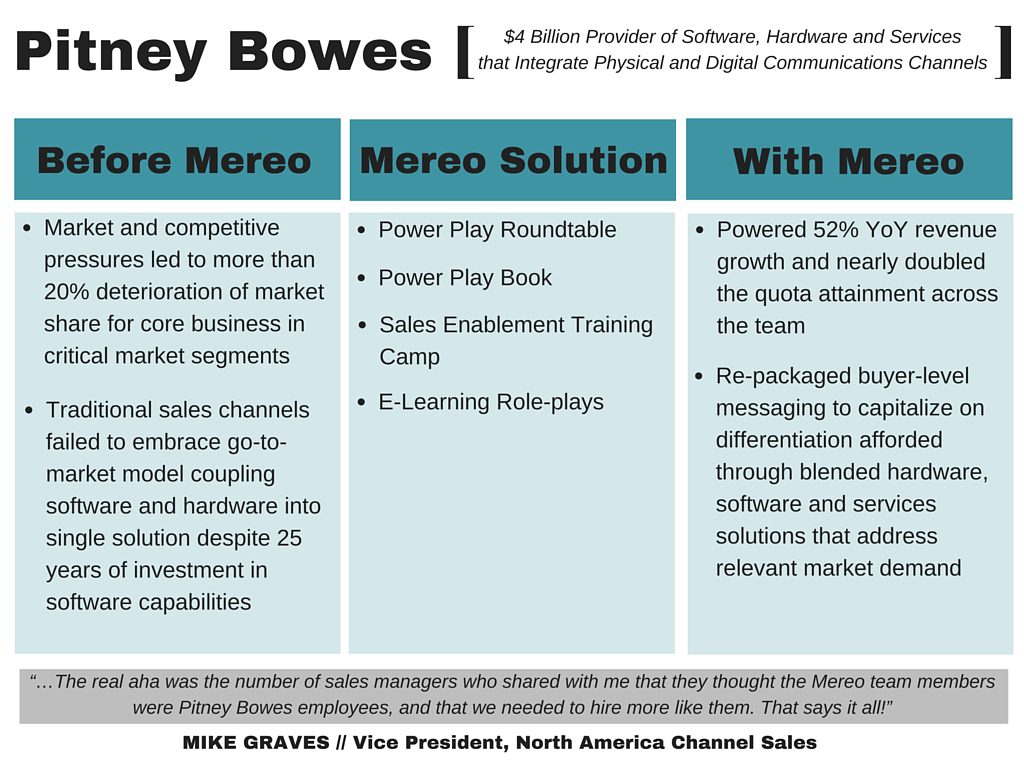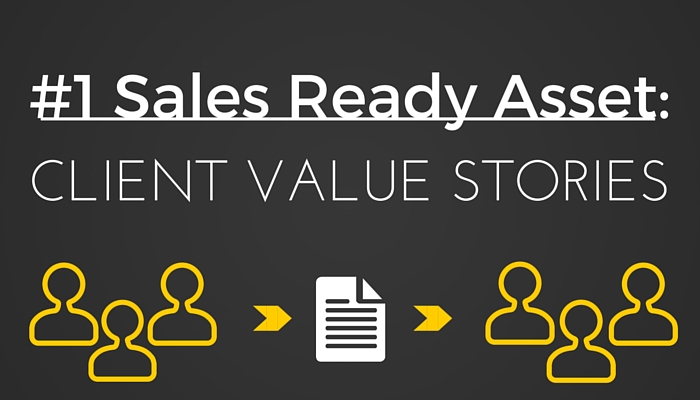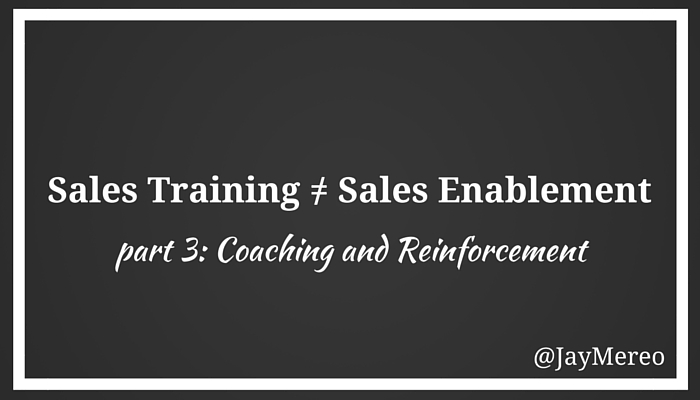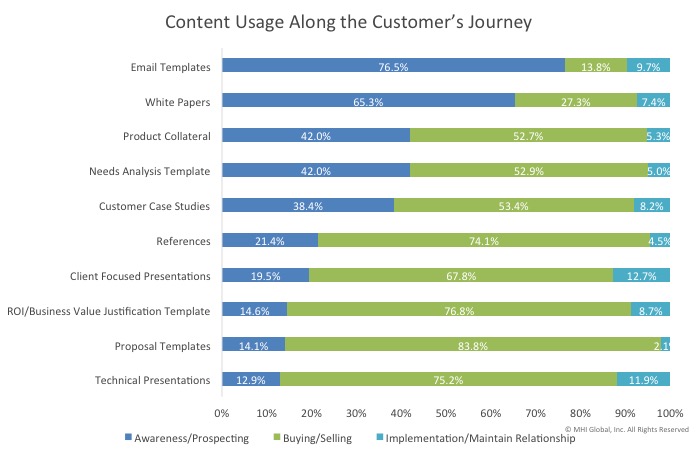8% was the topic of conversation at dinner with a friend a few nights ago. No, neither of us were skimping on the tip for our waiter. 8% is a statistic from Forrester Research that continues to cross our paths as leaders of our respective organizations, as well as two people who have invested the majority of our careers in sales.
According to Forrester, executive decision makers believe ONLY 8% of sales reps are focused on driving a “valuable” outcome for the buyer. But maybe the real number here is 92%. If you look at the inverse of 8%, buyers believe 92% of salespeople do not have the buyer’s best interest in mind. Ouch! 8% and 92% are two sides of the same coin. This statistic is really about what truly motivates a seller — their purpose, you might say.
At Mereo, we have the privilege of working with dozens of companies as clients each year, and that puts us in direct, daily contact with sales leaders and front-line sales professionals alike. These interactions afford us the opportunity to engage with some highly-motivated people. What’s concerning in those conversations is the inherent tension sellers battle daily. They need to make the sell. That is their job, and what their employer compensates them to do. Meanwhile, the majority of the sales professionals I encounter want to do what is right for the client. It is great when their job and their drive align, but what happens when those two motivators are not united, but rather are two trains headed towards one another, on the same track, destined for a catastrophic collision?
We have a little saying around Mereo: Seek to serve, not to sell™. Ok, it’s more like a battle cry. It’s our way of life — our purpose. At its core, it is a choice to put the interest of others first, even if our best interest is not always satisfied.
In my personal and professional relationships, serving others is fundamental to my daily walk. However, there are two groups of people that I too often do not put first — my family and my clients. Why? Simply, I take them for granted. That is an unfortunate, but honest confession.
It is fair to assume that I am probably not alone in taking my family for granted. I love them and they love me. We have a full life together, jam-packed with ups and downs. We support one another through those peaks and valleys. The memories I have, and those in the making, are of utmost importance to me. Yet, it can be easy to get complacent in the relationships with my family and take them for granted, because, our relationship is rooted in unconditional love for one another—an understanding to stick together no matter what.
Similarly, clients can fall into that undesirable paradigm. It is true that, like family, we need one another and are often engaged in the ups and downs together. At Mereo, we are blessed to have a stable of great clients, with whom we are fundamentally impacting their revenue performance. But, we need them too— for they contribute to our profitability and ultimate business existence. While we pour our best into our clients, I too easily forget how much they pour into us as well (and I am not talking about engagement fees.) They trust us with their very businesses and their careers. They call on us to have a measurable impact in their performance. They count on us to deliver a valuable return on the investment of funds and time they are making. Simply put, they depend on us to do what we believe is in their best interest, especially when that does not appear on the surface to be what is ideal for us.
Which takes us back to the 8% statistic. As sales professionals (leaders and front-line sellers alike), we have an interaction-by-interaction choice to make: Will we seek first to serve, or will we seek first to sell? In a lot of scenarios, we are fortunate because the choice to put our client first is to solve their problem with the solution we offer. The tough situation is when making our number this month or quota is in conflict with what we know at our core is in the best interest of our client. In the end, when we put them first, no matter the scenario, we are choosing to be in the 8% — we are electing a dynamic that too many decision makers witness as unconventional. We are setting ourselves apart from the competition. We are choosing great over good.
Heads or tails? Which side of the coin are you going embrace when it comes to serving and selling? Will you join me in striving to grow the 8%?








